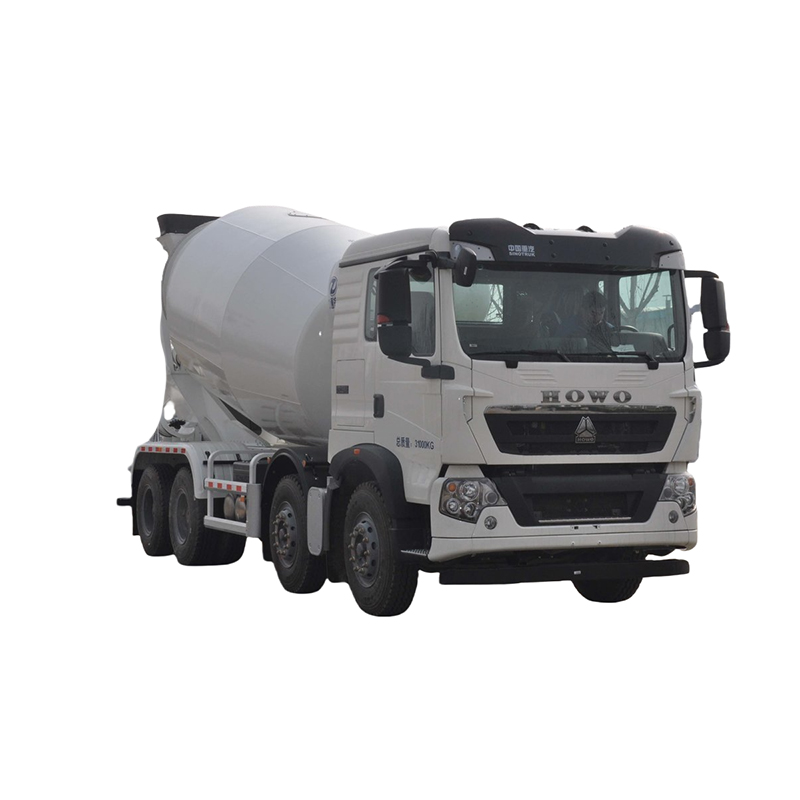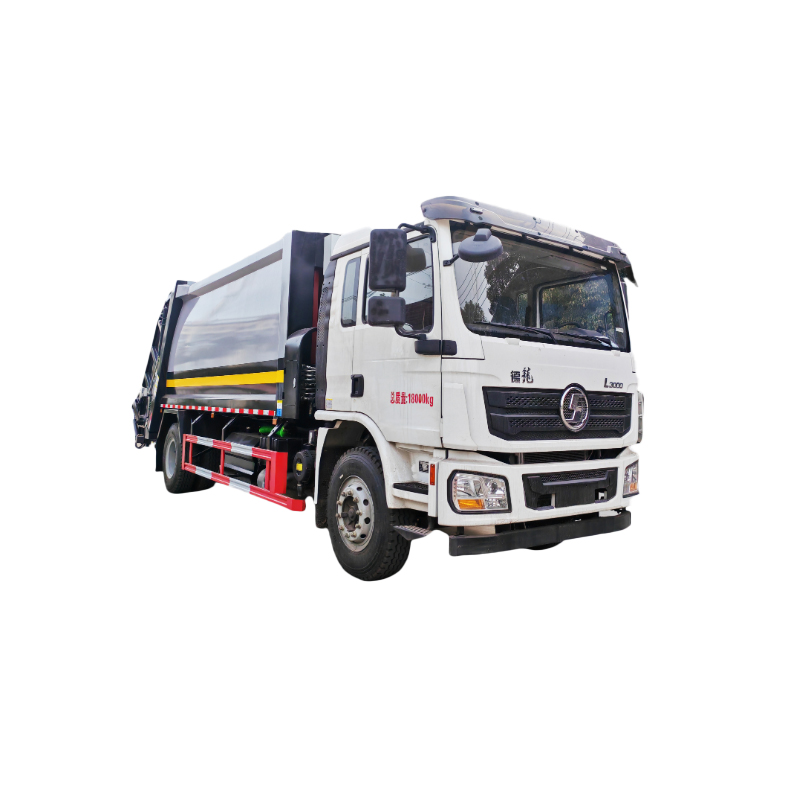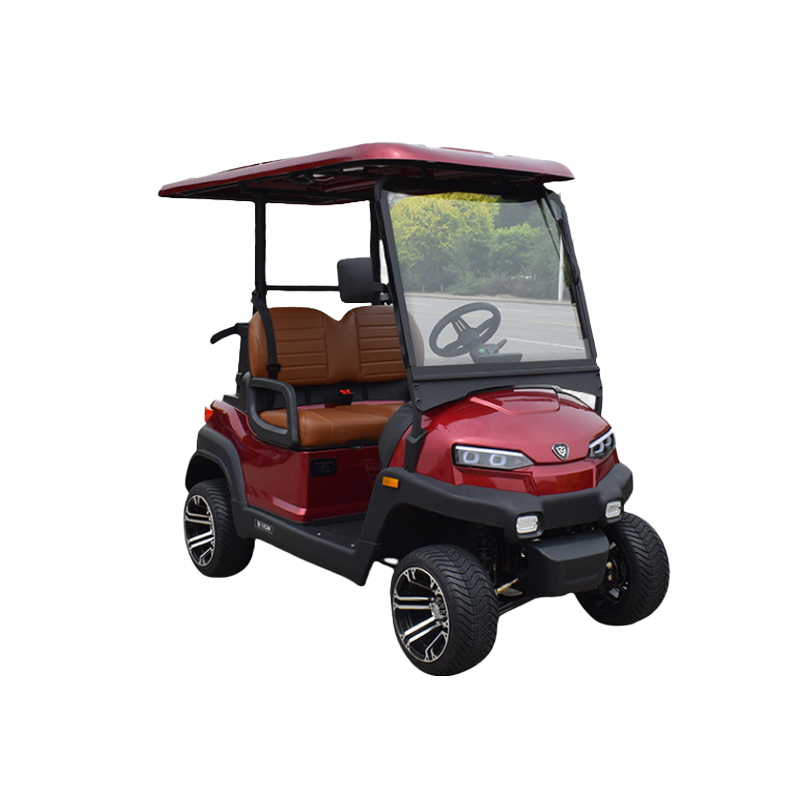This comprehensive guide helps you navigate the world of golf buggies, covering everything from types and features to maintenance and purchasing advice. We'll explore various models, considerations for different terrains and needs, and ultimately help you find the perfect golf buggy to suit your lifestyle.
Gas-powered golf buggies offer powerful performance and longer range compared to electric models. They are a popular choice for larger courses or those with hilly terrain. However, they require regular fuel refills and produce emissions. Consider factors like fuel efficiency and engine size when choosing a gas model. Many reputable brands offer a wide selection, ensuring a fit for various budgets and preferences.
Electric golf buggies are increasingly popular due to their quiet operation, zero emissions, and ease of maintenance. They are generally more affordable to operate in the long run due to lower running costs. Battery life and charging time are crucial factors to consider. The range on a single charge can vary significantly depending on the model and terrain. Some electric models offer impressive power and speed, rivaling their gas counterparts in many respects.
Hybrid golf buggies combine the benefits of both gas and electric power. They often offer a longer range than purely electric models while still providing quieter operation than gas-only options. This combination caters to those seeking a balance of performance and environmental consciousness. The initial investment may be higher, but the versatility and efficiency often make up for it over time.
The type of terrain you'll be using your golf buggy on is critical. A flat, paved course will suit a lighter, less powerful model, while a hilly, rough course necessitates a more robust golf buggy with greater power and potentially four-wheel drive. Consider the typical conditions of your golf courses.
Think about the number of passengers and the amount of storage space you require. Some models offer larger seating areas and ample storage for clubs, bags, and other accessories. Measure your storage needs and ensure the golf buggy's dimensions fit your storage and transportation requirements.
Modern golf buggies often come with various features, including cup holders, rain covers, and even GPS navigation systems. Consider which features are essential for your needs and budget. Some high-end models offer advanced technology like Bluetooth connectivity and smartphone integration.
Regular maintenance is key to extending the life of your golf buggy. Factor in the cost of routine maintenance, repairs, and parts replacement. Some manufacturers offer extended warranties or service plans, which can be beneficial in the long term. Look into the availability of parts and service in your area.
Several retailers offer a wide range of golf buggies, both online and in-store. It is important to research and compare prices and models before committing to a purchase. Reading reviews and seeking recommendations from other golfers can be invaluable. For a reliable source of high-quality vehicles, explore options like Suizhou Haicang Automobile sales Co., LTD. Visit their website to see their current inventory.
| Model | Type | Range | Price (approx.) |
|---|---|---|---|
| Club Car Onward | Gas | Varies by model | $10,000 - $15,000 |
| Yamaha Drive2 | Electric | Varies by model | $8,000 - $12,000 |
| E-Z-GO RXV | Gas/Electric | Varies by model | $9,000 - $14,000 |
Note: Prices are approximate and can vary based on dealer and specific features.
Choosing the right golf buggy involves careful consideration of your individual needs and preferences. By understanding the different types of golf buggies available and the factors discussed above, you can make an informed decision and enjoy years of reliable and enjoyable use on the golf course.












